By Laura Grimes
I said hello and called her name. She sat on the side of her twin bed, reading an aged book. She didn’t respond. I called her name again. I stood in front of her for several moments. I raised my voice. Nothing. I finally stooped down and looked into her face.
Josephine raised her head just a little, looked at me and smiled. She put a mark in her book and closed it. Gold serif type spelled out two words on the blue cloth cover: Silent Spring.
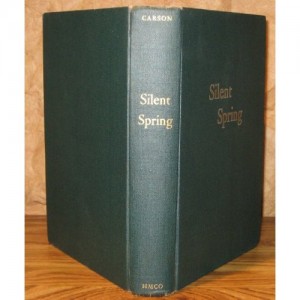 I put my bag on the floor and moved a portable potty out of the way to give her a sideways hug.
I put my bag on the floor and moved a portable potty out of the way to give her a sideways hug.
I looked at her square in the front again. “Hello,” she said cheerfully. “It’s been a long time.”
“I know. I never meant to stay away so long.” It had been more than four months.
I looked around for the low wooden stool I usually sit on and found it under a wastebasket. She was wearing a purple dress with white polka dots, the material a thin synthetic. Two strands of Mardi Gras beads matched the color of her dress, one of little hearts and one of little dice. She wore a short-sleeve jacket with a cut out lacy design on the collar, all white like her hair.
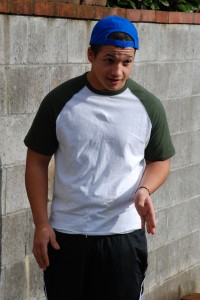
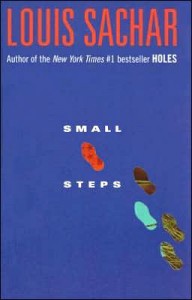 I am more than a little envious that he got this assignment. I’m the one who’s had my eye on this show for months. I’m the one who
I am more than a little envious that he got this assignment. I’m the one who’s had my eye on this show for months. I’m the one who 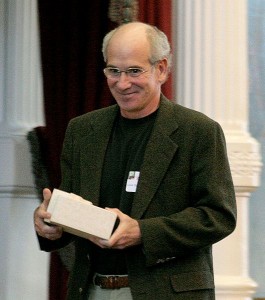 “Excuse me?” I said. “You got to meet him?”
“Excuse me?” I said. “You got to meet him?”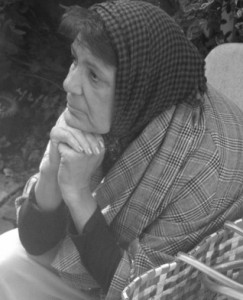 “Rose’s life sometimes seems too exemplary to be true,” Nightingale writes. “Add some convenient coincidences to her tale — like meeting a bitter old shopkeeper in the Arizona desert and realizing he is the spouse she thought she had lost to Dachau — and Rose could easily be a case study rather than a character.”
“Rose’s life sometimes seems too exemplary to be true,” Nightingale writes. “Add some convenient coincidences to her tale — like meeting a bitter old shopkeeper in the Arizona desert and realizing he is the spouse she thought she had lost to Dachau — and Rose could easily be a case study rather than a character.” Ms. Alsop is
Ms. Alsop is 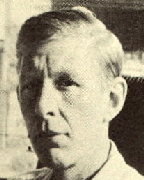 In
In 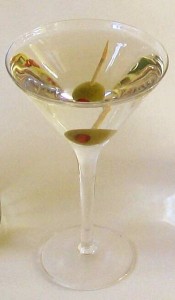 In 1963 I had the honor of hosting Auden, who was giving a reading at a community college I attended at the time. There was a dinner and reception before the reading, during which he drank, by my own nervous count, a dozen martinis! And seemed drunk. We didn’t know what to do, and when approached he assured us all was fine, no, he didn’t want any coffee …. so off we went to the reading, nervous as hell. He still seemed drunk to me when he went to the podium. Then somehow he didn’t. He gave a brilliant, flawless reading. Then he stepped away, seemed drunk again, and wanted to know when he could have a drink.
In 1963 I had the honor of hosting Auden, who was giving a reading at a community college I attended at the time. There was a dinner and reception before the reading, during which he drank, by my own nervous count, a dozen martinis! And seemed drunk. We didn’t know what to do, and when approached he assured us all was fine, no, he didn’t want any coffee …. so off we went to the reading, nervous as hell. He still seemed drunk to me when he went to the podium. Then somehow he didn’t. He gave a brilliant, flawless reading. Then he stepped away, seemed drunk again, and wanted to know when he could have a drink.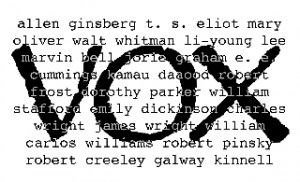 It’s the latest in Eric Hull‘s
It’s the latest in Eric Hull‘s 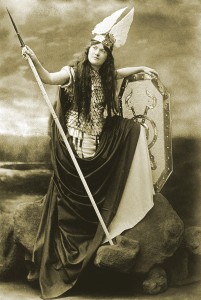 Waterbrook is basically a room with an entrance area and a door leading to what serves as a green room for the performers. Somewhere around the corner, down a broad-plank floor, is a restroom. On Saturday the performance space had a few rows of folding chairs for the spectators, a lineup of music stands up front for the six performers, and three chairs to the side for the performers who occasionally sat a poem out. In other words: all the tools you really need to create some first-rate performing art.
Waterbrook is basically a room with an entrance area and a door leading to what serves as a green room for the performers. Somewhere around the corner, down a broad-plank floor, is a restroom. On Saturday the performance space had a few rows of folding chairs for the spectators, a lineup of music stands up front for the six performers, and three chairs to the side for the performers who occasionally sat a poem out. In other words: all the tools you really need to create some first-rate performing art. So it is with heightened interest that Mr. Scatter notes the opening of Keep Portland Beard, an exhibition of hairy art that opens Monday at
So it is with heightened interest that Mr. Scatter notes the opening of Keep Portland Beard, an exhibition of hairy art that opens Monday at 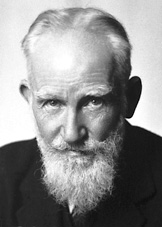 He recalls the story, perhaps apocryphal, about
He recalls the story, perhaps apocryphal, about 
 The Art Instinct talks a lot about the evolutionary bases of the urge to make art: the biological hard-wiring, if you will. Dutton likes to take his readers back to the Pleistocene era, when the combination of natural selection and the more “designed” selection of socialization, or “human self-domestication,” was creating the ways we still think and feel. To oversimplify grossly, he takes us to that place where short-term survival (the ability to hunt; a prudent fear of snakes) meets long-term survival (the choosing of sexual mates on the basis of desirable personal traits including “intelligence, industriousness, courage, imagination, eloquence”). Somewhere in there, peacock plumage enters into the equation.
The Art Instinct talks a lot about the evolutionary bases of the urge to make art: the biological hard-wiring, if you will. Dutton likes to take his readers back to the Pleistocene era, when the combination of natural selection and the more “designed” selection of socialization, or “human self-domestication,” was creating the ways we still think and feel. To oversimplify grossly, he takes us to that place where short-term survival (the ability to hunt; a prudent fear of snakes) meets long-term survival (the choosing of sexual mates on the basis of desirable personal traits including “intelligence, industriousness, courage, imagination, eloquence”). Somewhere in there, peacock plumage enters into the equation. I’ve been keeping someone to myself much too long. I’ve collected reams of notes and have a stack of material. Now I feel somewhat prodded, thanks to Rose City Reader, who posted
I’ve been keeping someone to myself much too long. I’ve collected reams of notes and have a stack of material. Now I feel somewhat prodded, thanks to Rose City Reader, who posted  But as Libby points out, the museum part of the proposal gets interesting when you consider two things:
But as Libby points out, the museum part of the proposal gets interesting when you consider two things: